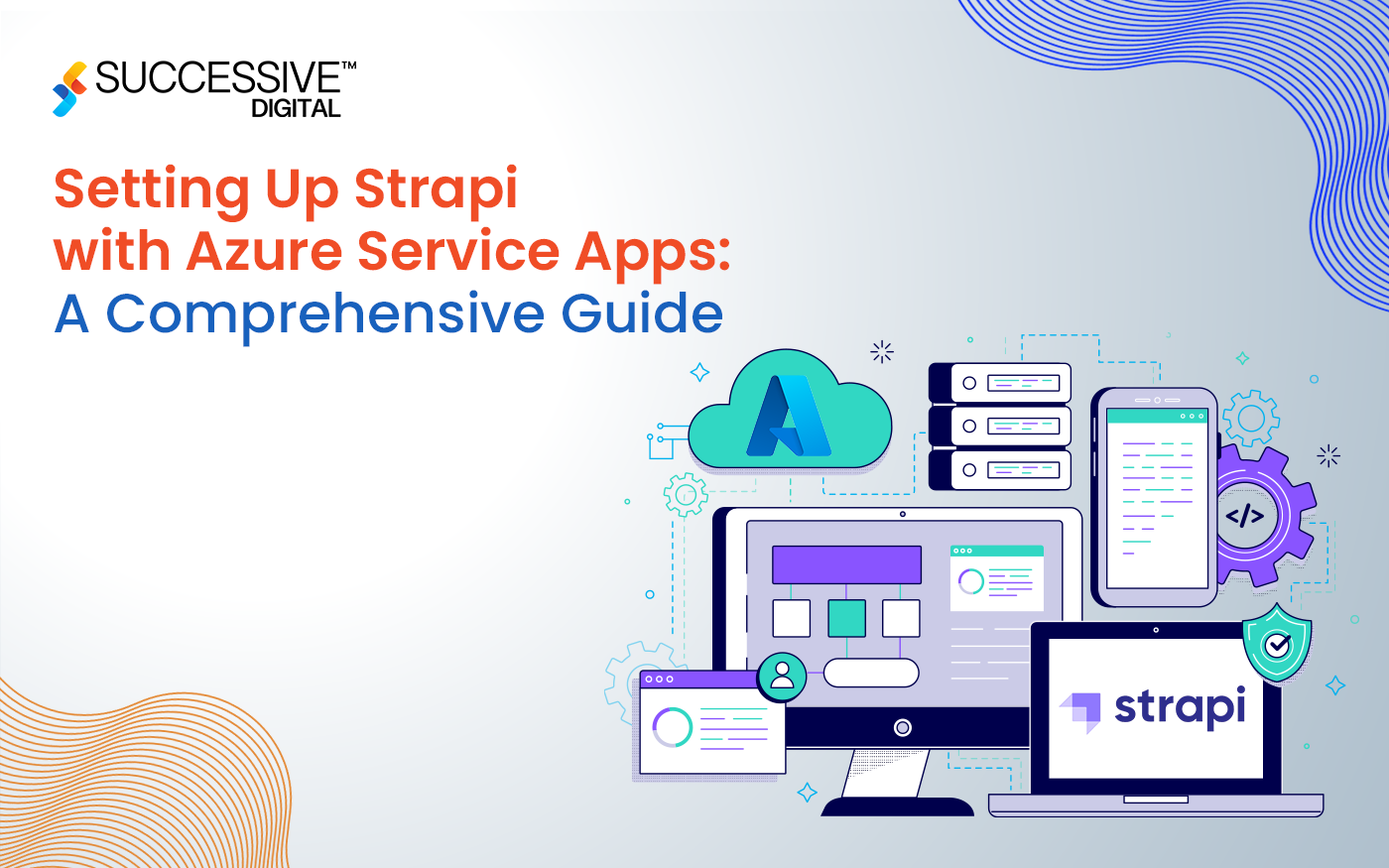Order tracking is a vital component of eCommerce, bridging the gap between digital transactions and physical shipping. As customers increasingly turn to online purchasing, their expectations for transparency and reliability have scaled up. Order tracking addresses these demands by extending real-time visibility into the status of a purchase from the moment the order is placed until it arrives at the buyer’s doorstep. This capability now reduces uncertainty, builds trust, and complements the customer experience by offering well-timed updates and lowering the need for customer service inquiries. On the enterprise side, a robust order-tracking tool is crucial for optimizing logistics, coping with user expectancies, and retaining potential supply chain benefits. As digital commerce becomes more complicated, information on the technical workings of order tracking systems becomes vital for businesses aiming to satisfy and exceed customer expectancies.
Components of an Order Tracking System
An order tracking system includes a complex structure of interconnected components and technology that work collectively. These include:
Order Management Systems (OMS):
The OMS is the core of the order fulfilment and tracking mechanism. It manages the whole order lifecycle, including processing, inventory control, and success. When a user places an order, the OMS coordinates with the warehouse management system to verify stock and trigger the subsequent steps of picking, packing, and shipping.
Shipping and Fulfilment System:
After the order is packed, the shipping and fulfilment system manages the logistics. It connects with more than one vendor to decide on shipping alternatives, considering factors like pace, cost, and delivery region. This system generates monitoring records, which are then passed on to the consumer through the OMS.
Warehouse Management System (WMS):
WMS monitors product placement, directs the workers, and ensures that the appropriate items are selected and packed. As soon as packing is complete, the WMS notifies the OMS, which then moves the system ahead to shipping.
Carrier Tracking System:
The carrier tracking system, furnished by logistics companies like FedEx, UPS, and DHL, gives real-time updates on the order journey. This system tracks the shipment movement, including location, anticipated shipping time, and any potential delays, and integrates with the eCommerce platform to relay this information to clients.
Consumer Notification System:
This component of order tracking system ensures buyers are informed about their order status at every level of move. It uses communication channels, such as email, SMS, and push notifications, normally synchronized with the OMS, to send updates when milestones like order confirmation, shipment, out-for-transport, and final delivery occur.
Technologies Enabling Order Tracking
Order tracking systems in eCommerce rely upon various advanced technologies to extend correct, real-time information. Some of the vital technology consists of:
Global Positioning Device (GPS) and Geofencing:
GPS technology is essential for tracking the precise location of orders throughout transit. Geofencing creates virtual boundaries around specific regions, allowing for computerized indicators when a package enters or exits a predefined region.
Radio Frequency Identification (RFID):
RFID tags are utilized inside warehouses to display product movement. These tags store electronic records that may be read by RFID scanners, enabling precise monitoring of items during the supply chain.
Internet of Things (IoT):
IoT devices are increasingly used by order tracking systems to monitor various environmental situations throughout transit of goods. These tools can measure factors like temperature, humidity, and vibration, making sure that goods are delivered in the most optimal circumstances.
Machine Learning (ML) and Artificial Intelligence (AI):
ML algorithms optimize multiple components of the order tracking system, which includes predicting delivery times, refining transport routes, and identifying potential delays. AI-powered chatbots can also provide instant updates to purchaser inquiries about order status.
Blockchain Technology:
Blockchain offers a secure, decentralized ledger for recording every transaction and status update inside the order tracking procedure. This technology enhances transparency and trust by allowing all stakeholders to access and verify data in real-time.
How Order Tracking Works: A Step-by-Step Breakdown
Order Placement:
The procedure starts when a user places an order, and the OMS provides all details, checks inventory, and initiates processing for order fulfilment.
Order Processing:
The WMS gets commands to allocate resources for picking and packing the goods, guided by algorithms for better performance.
Choosing and Packing:
Products are selected, cross-checked, and packed using technology like barcode scanning or RFID, ensuring improved accuracy and security.
Label Generation:
The transport system selects the desired shipping service, calculates delivery fees, and generates an order tracking number which is further shared with the user.
Handover to the Carrier:
The packaged order is passed to the carrier, which updates the tracking system with status of transit, and the customer gets the primary notification.
Real-Time Tracking:
GPS and IoT devices monitor the order journey, offering real-time updates at multiple milestones as goods move.
Out-for-Delivery:
While the package is prepared for final shipment, buyer receive a notification with a delivery time window.
Shipping affirmation:
After the successful delivery of order, the order tracking system updates the brand as well as customer with a message, completing the entire process.
Conclusion
Order tracking is critical in eCommerce, playing a vital role in enhancing customer experience by offering transparency, eliminating worries, and building trust with the brand. This technique is complex, requiring the combination of various structures and technology to provide timely updates on order status. As the eCommerce industry grows, the need for unique and reliable order tracking becomes increasingly sizable, positioning it as an essential need for future innovation and investment by all size of businesses. The technical information of order tracking structures is imperative for companies aiming to extend an unbroken and fulfilling customer experience.












